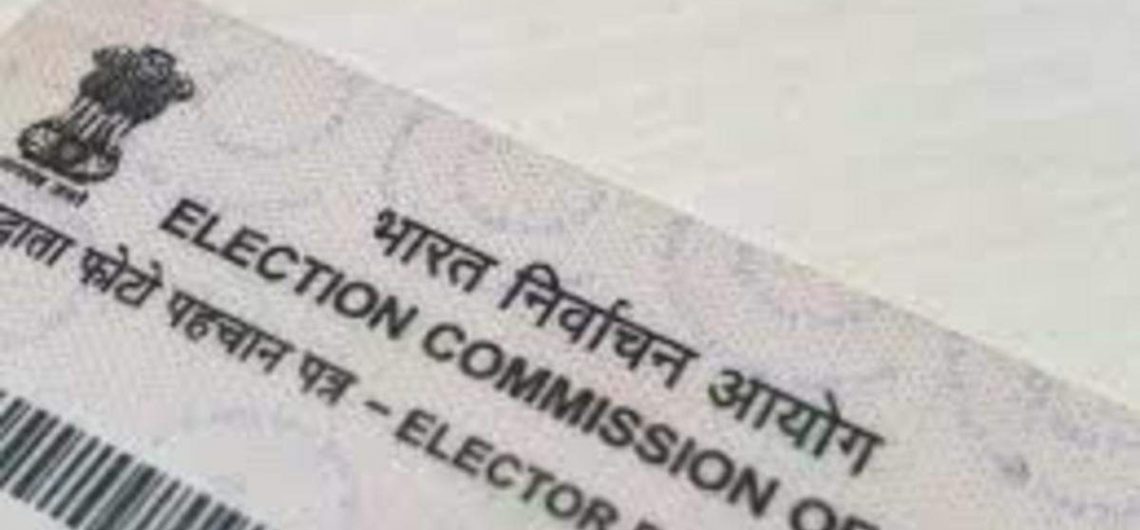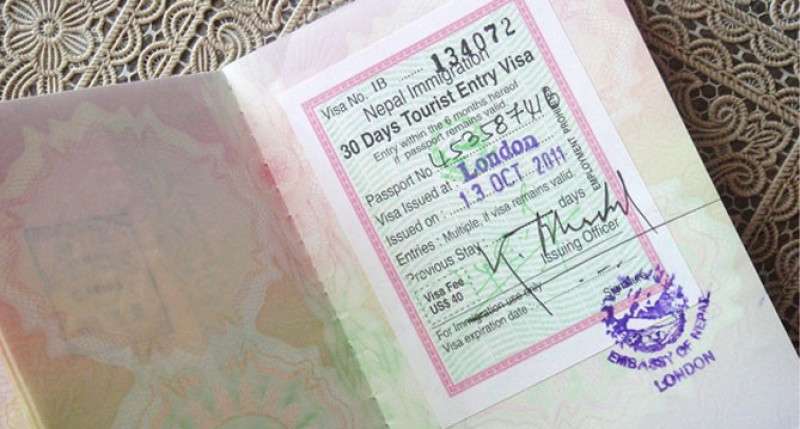Indians often finalise on Nepal as their vacation destination, owing to numerous reasons. While it is abroad, it is one of the closest of neighbours to India. Additionally, vacations in Nepal are not too costly, contributing as one of the primary reasons for the country being a popular choice for Indian travellers.
With many Indians choosing to visit Nepal, it is important that relevant visa requirements are understood properly before planning the vacation. Furthermore, it is also important to have a fair knowledge of the Nepal immigration rules for India, especially since it is unique from that of other countries.
Do Indians Need a Visa to Visit Nepal?
No, Indian passport holders do not require a visa to travel to Nepal. It is important to note that citizens from most other nations must have a visa to enter Nepal. This exception is only extended to Indian citizens.
However, Indians are required to carry proper credentials issued by the Government of India, the Election Commission of India, etc.
Is Visa on Arrival/e-Visa Available in Nepal for Indians?
No, since Indian travellers do not require a visa to travel to Nepal, the need for a visa on arrival or E-visa also becomes redundant.
Indians can simply travel to Nepal with their passport or other applicable documents which are mentioned later in this article to gain entry to the country, be it the immigration centre at Kathmandu airport or elsewhere.
Do Indian Travellers Need to Possess a Passport to Visit Nepal?
Yes, it is vital for Indians travelling to Nepal to carry their valid passports. However, tourists who do not possess their passport for Nepal from India can produce a few other documents in its stead to enter the country. These documents are mentioned later in this article.
Documents Required for Indian Citizens to Enter Nepal
While Nepal visa requirements for Indian citizens is redundant, the undermentioned documents must be carried by Indians to gain entry.
- Any photo-identity proof issued by Central/State/UT authorities.
- A voter ID card issued by the Election Commission of India.
- Emergency Certificate issued by the Indian Embassy in Kathmandu.
The following Nepal entry requirements for Indian citizens should also be noted carefully.
- Indians aged above 65 years or below 15 years can enter Nepal by producing a photo-identity proof like PAN card, driving license, ration card, etc.
- Indians between the age group of 15 and 18 years can enter Nepal using their Identity Certificate issued by the principal of their academic institution.
What are the Documents Required if You Enter by Road?
Indian citizens entering Nepal by road with their own vehicle need to submit the following documents, along with their proof of citizenship, at the Nepal border:
- Registration certificate of the vehicle
- Driving license
- A Yaatayaat Anumati or vehicle permit
- A Bhansar or customs permit


